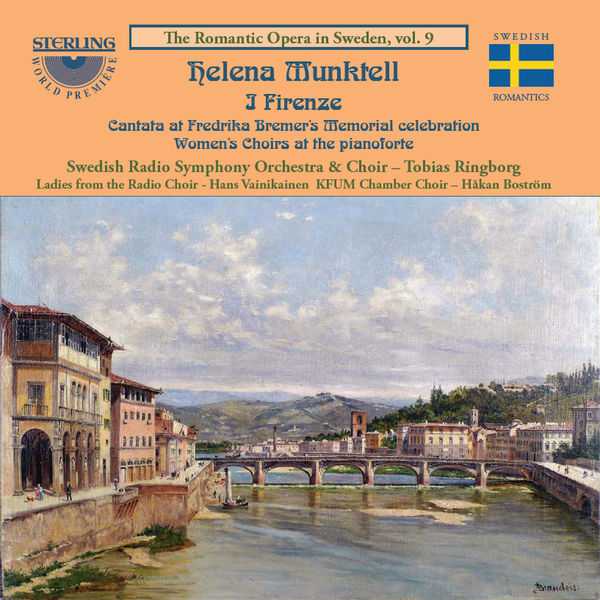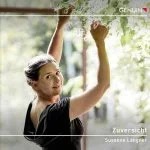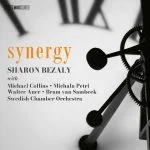
Composer: Helena Munktell
Performer: Joel Annmo, Frederik Zetterstrom, Marcus Jupither, Niklas Bjorling, Susanna Andersson, Torbjorn Lillieqvist, Sveriges Radiokören, Jenny Ohlson Akre, Bjorn Gafvert, Michael Engstrom, Stefan Therstam, KFUM Kammarkör
Orchestra: Swedish Radio Symphony Orchestra
Conductor: Tobias Ringborg, Hans Vainikainen, Håkan Boström
Format: FLAC (tracks)
Label: Sterling
Catalogue: CDO1127
Release: 2022
Size: 246 MB
Recovery: +3%
Scan: cover
I Firenze
01. I. Overture
02. II. Tror ni en kvinna så lätt kan glömma
03. III. En sådan bikt man aldrig glömmer
04. IV. O ja, nu tavlan färdig är
05. V. Min fru, nu jag är på det klara
06. VI. O, fagra barn, du som mitt hjärta tog
07. VII. Försvunnen, min sol!
08. VIII. Signor, signor
09. IX. Som ingen hyra än jag fått
10. X. Mitt herrskap, om ni veta vill
11. XI. Ännu ett ord, Stefano, jag er ber
12. Cantata
Women’s Choirs at the Pianoforte
13. I. Maj
14. II. Äppelträdets visa
15. III. Hymn
Although Helena Munktell, like other female composers, encountered opposition from male colleagues, she at long last received recognition also from those in power in the Swedish music life. In 1915, she was elected as a member of the Royal Swedish Academy of Music, and consequently she was the first woman to be elected solely on merits as a composer. And when the Swedish Society of Composers was formed in 1918, she was the only woman among the 38 founders. Today, Helena Munktell stands out as one of the foremost Swedish female composers, and an increasing number of people are discovering the richness in her works!
This premiere Sterling recording features the works of Helena Munktell, a renowned female composer, and performed by the Swedish Radio Symphony Orchestra with Tobias Ringborg as conductor; the Radio Choir with Hans Vainikainen; and finally, the KFUM Chamber Choir with Hakan Bostrom. In the spring of 1889, the magazine Svensk Musiktidning reported that an opéra-comique entitled I Firenze [In Florence] would be performed at the Royal Opera in Stockholm later in the season. The music was composed by Helena Munktell, ‘who has done extensive music studies in Paris and who has previously made a reputation as a composer through songs, and also a work for orchestra’. The libretto to this one-act opera, which takes place in an artist’s studio in 15th-century Florence, was said to have been written by Daniel Fallström, a popular writer and journalist at the time. A first performance is always a great occurrence, and the opera genre was the most artistically prestigious. In addition: this was the first opera written by a Swedish female composer, ow to be performed in the ancient Gustavian opera building. Up to then, it was mainly Helena Munktell’s romances that were publicly heard, and she was considered having a sensitive feeling for the human voice. She was taught singing and knew how to shape the vocal parts to suit well. There were many singers in her circle of friends, and when they performed her romances, she was often the accompanist. Although Helena Munktell, like other female composers, encountered opposition from male colleagues, she at long last received recognition also from those in power in the Swedish music life. In 1915, she was elected as a member of the Royal Swedish Academy of Music, and consequently she was the first woman to be elected solely on merits as a composer. And when the Swedish Society of Composers was formed in 1918, she was the only woman among the 38 founders.



